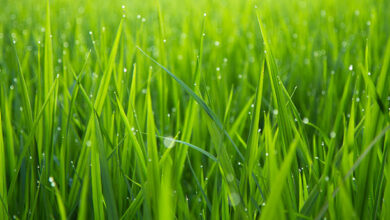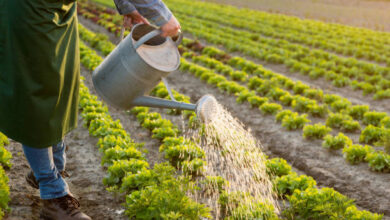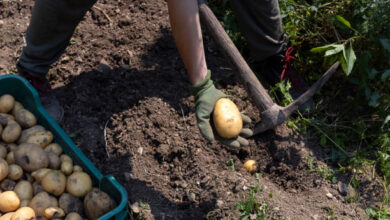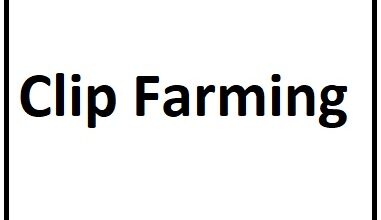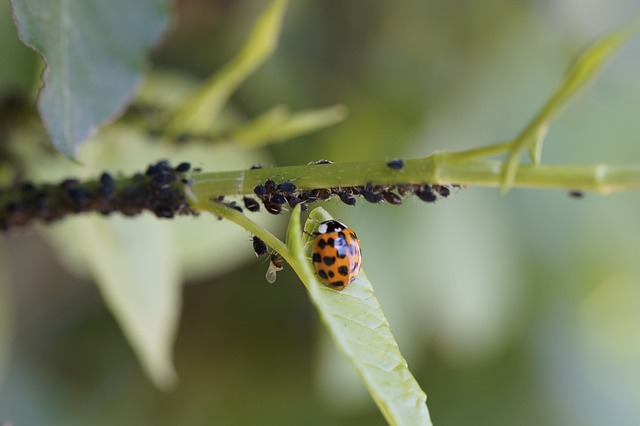
What is a Pest in Agriculture? All You Need To Know
Imagine nurturing your crops all season, only to see them ravaged by unexpected invaders. But what exactly qualifies as a pest in agriculture? In the broad context of farming and gardening, a pest is any organism that causes damage to crops, reducing their quality, yield, and profitability. These pests can range from tiny insects to larger vertebrates, each presenting unique challenges and requiring different management strategies.
Categories of Agricultural Pests
Agricultural pests come in various forms, each posing distinct threats to crops. Let’s explore the primary categories of these pests and their impact.
- Insects
Insects are perhaps the most notorious agricultural pests. Common examples include beetles, aphids, and caterpillars. These pests feed on plant tissues, sap, or fruits, causing significant damage.
– Beetles: Both adults and larvae can be destructive. For instance, Colorado potato beetles devour leaves, reducing photosynthesis and weakening the plant.
– Aphids: These tiny insects suck sap from plants, leading to stunted growth and the transmission of diseases.
– Caterpillars: As the larval stage of butterflies and moths, caterpillars can quickly defoliate plants, impacting their health and productivity.
- Diseases
Plant diseases caused by fungi, bacteria, and viruses can devastate crops. These pathogens spread through soil, water, air, or insect vectors.
– Fungal Diseases: Diseases like powdery mildew and rust thrive in specific environmental conditions, causing leaf spots, blights, and wilts.
– Bacterial Diseases: Bacteria such as Xanthomonas cause black rot in crucifers, leading to yellowing and wilting.
– Viral Diseases: Viruses like the Tomato mosaic virus reduce crop quality and yield by stunting growth and causing deformities.
- Weeds
Weeds are unwanted plants that compete with crops for resources such as sunlight, water, and nutrients. They can significantly hinder crop growth and reduce yields.
– Annual Weeds: Weeds like crabgrass complete their life cycle in one growing season, spreading rapidly.
– Perennial Weeds: Weeds like bindweed persist year after year, making them particularly challenging to control.
- Vertebrates
Larger animals, including rodents and birds, can also be significant agricultural pests. They cause physical damage to crops and can spread diseases.
– Rodents: Rats and mice gnaw on crops and stored produce, leading to substantial losses.
– Birds: Birds such as crows and pigeons peck at fruits and grains, reducing crop quality and yield.
- Unique Category: Micropests
Micropests, such as nematodes, are becoming increasingly significant in agriculture. These tiny worms infest plant roots, causing galls and interfering with nutrient uptake.
– Nematodes: Root-knot nematodes cause the formation of galls on roots, stunting plant growth and reducing yields.
The Impact of Agricultural Pests
Agricultural pests have severe economic and environmental consequences.
- Economic Consequences
Pest infestations can lead to:
– Reduced Crop Yields: Pests can destroy a significant portion of crops, leading to financial losses for farmers.
– Increased Production Costs: Farmers often spend more on pest control measures, including pesticides, labor, and equipment.
- Environmental Impact
The overuse of pesticides to manage pests can have detrimental effects on the environment:
– Soil and Water Contamination: Excessive pesticide use can contaminate soil and water sources, harming non-target organisms.
– Biodiversity Loss: Pesticides can kill beneficial insects and wildlife, disrupting the ecosystem.
You May Love To Read
When to Plant Corn: A Guide to Timing Your Crop for Success
What Are the 7 Parts of a Plant and Their Functions?
What is O Farming? Organic Farming
Sustainable Solutions to Agricultural Pests
Sustainable pest management is crucial for long-term agricultural success. Integrated Pest Management (IPM) offers a holistic approach to managing pests.
- Integrated Pest Management (IPM)
IPM focuses on sustainable, long-term pest control through various strategies:
– Monitoring: Regularly inspecting crops for pest activity helps in early detection and management.
– Prevention: Implementing cultural practices, such as crop rotation and planting resistant varieties, reduces pest pressure.
– Natural Controls: Utilizing natural predators, such as ladybugs for aphids, minimizes the need for chemical pesticides.
– Chemical Control: When necessary, using targeted, reduced-risk pesticides can help control pests with minimal environmental impact.
Identifying Common Agricultural Pests
Proper identification of pests is the first step in effective management. Here’s a basic guide to identifying some common agricultural pests:
- Insects
– Beetles: Look for chewed leaves and larvae on the undersides of leaves.
– Aphids: Check for clusters of small, pear-shaped insects on new growth.
– Caterpillars: Look for holes in leaves and caterpillars on the plants.
- Diseases
– Fungal Diseases: Look for powdery white spots, rust-colored pustules, or wilting plants.
– Bacterial Diseases: Check for black or brown spots, slimy lesions, and wilting.
– Viral Diseases: Look for mosaic patterns, leaf curling, and stunted growth.
- Weeds
– Annual Weeds: Identify fast-growing plants that compete with crops for space and resources.
– Perennial Weeds: Look for persistent plants with deep root systems.
- Vertebrates
– Rodents: Check for gnaw marks on crops and droppings around the field.
– Birds: Look for damaged fruits and grains, and bird presence in the field.
- Micropests
– Nematodes: Look for galls or knots on roots and stunted plant growth.
Conclusion
Understanding the diverse types of agricultural pests and their impacts is crucial for effective pest management. By recognizing these pests and implementing sustainable control methods, such as Integrated Pest Management (IPM), farmers and gardeners can protect their crops and ensure long-term agricultural success. Share your experiences with agricultural pests in the comments below, and don’t hesitate to ask questions about sustainable pest management practices.

